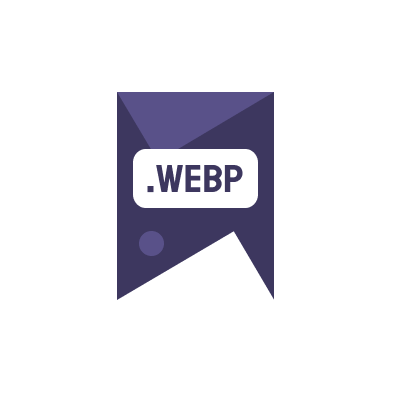Choosing the right image format is crucial for website performance and user experience. While WebP is known for its efficiency and speed, there are instances where JPG vs WebP or PNG might still be the better choice. This article explores when and why you should consider these traditional formats over WebP.
Understanding WebP, JPG, and PNG
WebP is a modern image format that provides superior lossless and lossy compression for images on the web. Google developed it to ensure that web images load faster without compromising quality. On the other hand, JPG (JPEG) is widely used for photographic images, and PNG is preferred for images requiring transparency and minimal loss in quality.
Scenarios Favoring JPG or PNG
- Compatibility Issues: Despite its advantages, WebP is not supported by all browsers. Older browsers, in particular, do not support WebP. In such cases, sticking with JPG or PNG ensures your images are seen by all users.
- Printing Needs: For purposes where images need to be printed in high quality, JPG or PNG might be preferable. WebP is optimized for web, not print, and could result in quality loss when printed.
- Simple Graphics with Text: When dealing with simple graphics that include text or icons, PNG is usually a better choice due to its lossless compression. JPG, being lossy, might degrade the quality of such images.
Performance and Quality Considerations
When deciding between JPG vs WebP, consider both the quality and the performance needs of your website. JPG files can be significantly larger than WebP files, potentially slowing down your site. However, for high-quality visual content, particularly in galleries or portfolios, JPG can maintain better color and detail.
Explore our image gallery to see examples of WebP conversions.
Tools for Converting Images to WebP
Convert your images to WebP easily using online tools. Google’s WebP format has comprehensive support for these conversions. Additionally, tools like Image to webp online free facilitate quick conversions without software installation.
In summary, while WebP offers excellent benefits for web performance, there are specific scenarios where JPG or PNG might be more suitable. Understanding these scenarios ensures that your choice of image format aligns with your needs, enhancing both user experience and site functionality.

